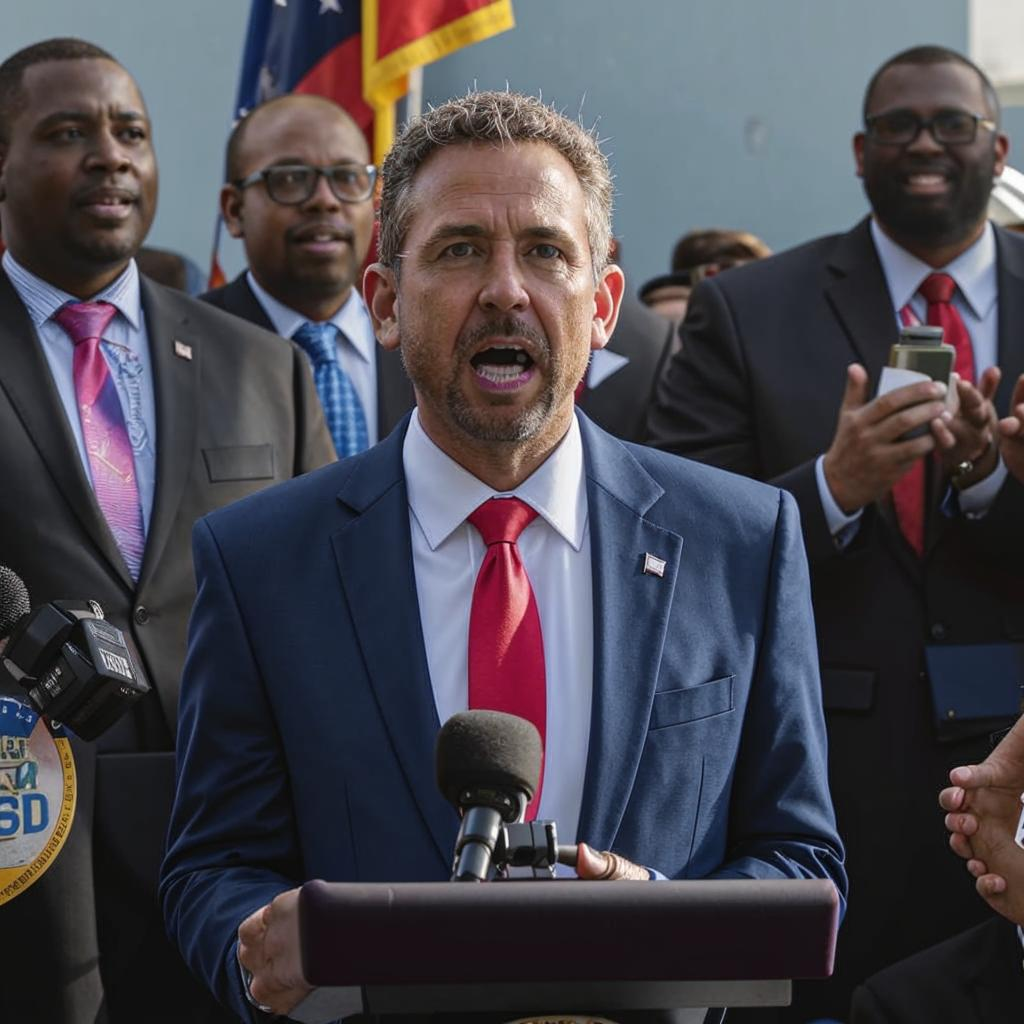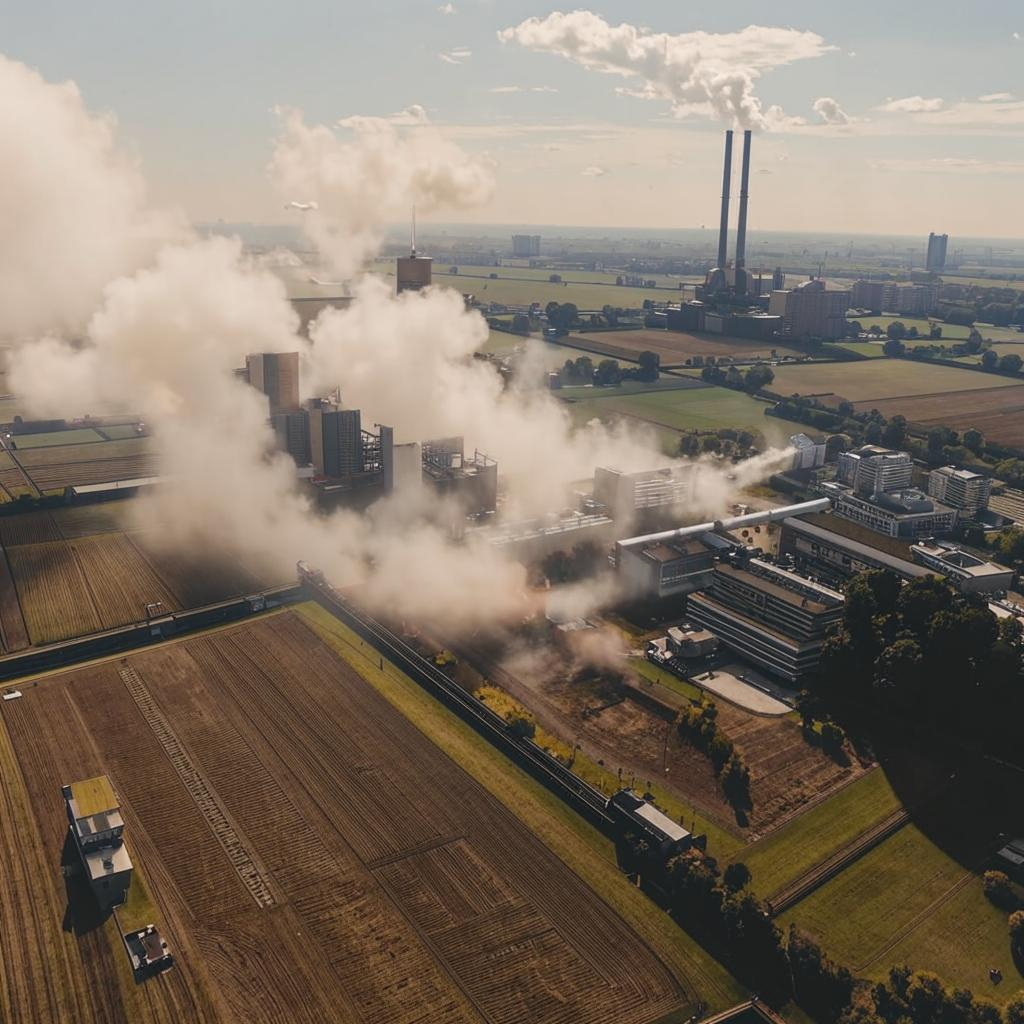The United States is grappling with increasingly frequent and intense extreme weather events, from scorching heat waves to devastating floods. This escalating crisis is pushing the nation’s infrastructure to its breaking point, exposing vulnerabilities in systems designed for a different climate reality.
Recent studies highlight a direct correlation between climate change and the surge in extreme weather. Record-breaking temperatures are placing immense stress on power grids, leading to widespread outages and posing significant risks to public health, especially for vulnerable populations. Simultaneously, unprecedented rainfall and coastal flooding are overwhelming drainage systems, causing extensive property damage and disrupting transportation networks.
The economic toll of these events is staggering, with billions of dollars spent annually on disaster relief and infrastructure repairs. However, the long-term consequences extend far beyond financial costs. Communities are being displaced, ecosystems are being damaged, and the overall quality of life is being diminished.
Experts warn that without significant investments in climate resilience and infrastructure adaptation, the situation will only worsen. This includes upgrading power grids to withstand extreme heat, reinforcing levees and coastal defenses, and implementing smarter urban planning to mitigate flood risks. Furthermore, a transition to renewable energy sources is crucial to reduce greenhouse gas emissions and slow down the pace of climate change. The time to act is now, before the breaking point becomes irreversible.















